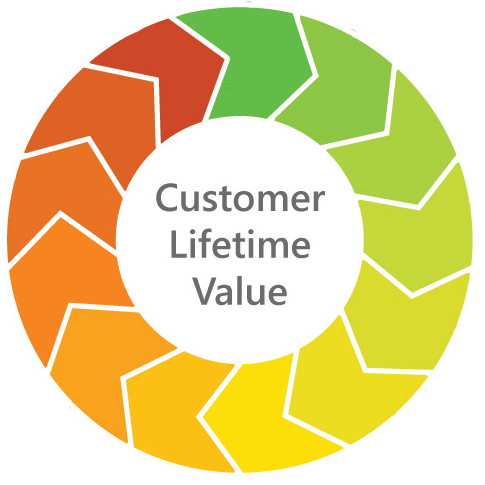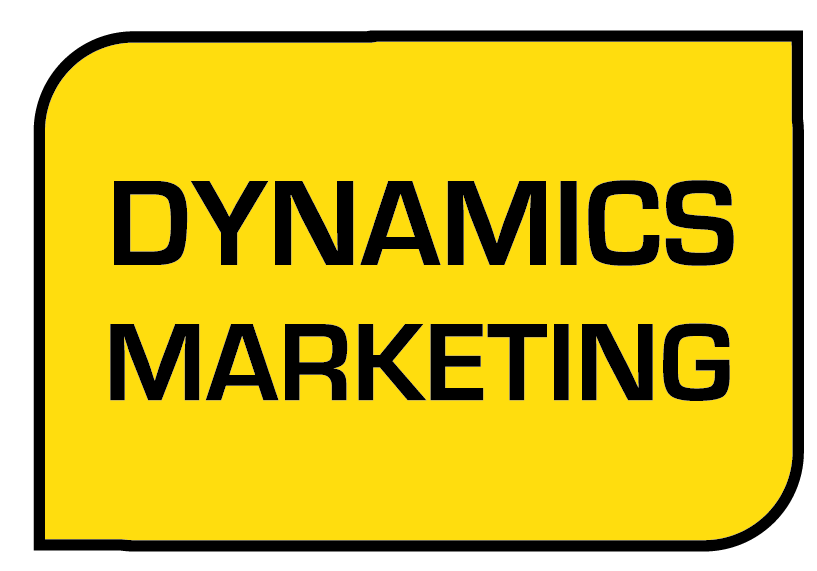 Paid search advertising has several advantages over conventional advertising, but the one that really sets it apart is how readily it can be tracked. We can track and analyse revenue and sales and correlate these with our investment in PPC advertising in almost real time. At the next level we can identify the most effective keywords and keyword bids in order to optimise our advertising spend. The usual metric that marketers use in their analysis is cost-per-acquisition (CPA), and the usual aim is to ensure that this is retained at an acceptable level.
Paid search advertising has several advantages over conventional advertising, but the one that really sets it apart is how readily it can be tracked. We can track and analyse revenue and sales and correlate these with our investment in PPC advertising in almost real time. At the next level we can identify the most effective keywords and keyword bids in order to optimise our advertising spend. The usual metric that marketers use in their analysis is cost-per-acquisition (CPA), and the usual aim is to ensure that this is retained at an acceptable level.
CPA Undervalues your Customers
While this approach is useful, it is far from optimum as it usually undervalues our customers. Customers are far more valuable than a single purchase so if you wish to optimise your online advertising campaign then it is essential that you assign a proper value to the main parameter that will define how successful your business is in the longer term.
Customer Lifetime Value
Here we will look at alternative approach that focuses on the long term value of our customers. The parameter that we will use is Customer Lifetime Value (CLV), which is the value that the customer will add to our business during their lifetime as a customer. The approach isn’t new; the concept was formally introduced back in 1988 and has received much attention from marketers and analysts since then. However it is only recently receiving attention as being a better way of optimising paid search advertising.
Calculating Customer Lifetime Value (CLV)
Many journal articles have been published on suggestions of how to calculate CLV, and some of these are somewhat esoteric to say nothing of being mathematically complicated. Fortunately you don’t need a degree in maths to understand the approach we will use here; we promise to keep it simple while retaining its usefulness.
Essentially CLV boils down the average purchase value (APV) multiplied by the number of repeat purchases per year (RP) multiplied by the average retention time (ART).
In other words, CLV = RP x ART.
Assuming that over the year your average selling price is £20, that on average your customer buys 3 items per year, and on average you retain your customers for 3 years, then your CLV is
£20 x 3 x 3 = £180
Digging Deeper
That is fine as far as calculating revenue goes, but it needs a little refinement in order to take account of your customer retention rate, customer churn, the discount rate (in other words how much will £20 generated in three years’ time be worth in today’s money – for simplicity we will assume 10% – and Customer Referral Value (CRV). We should also compute profit per customer rather than just revenue; again for simplicity we will assume a gross profit of 20%.
Customer Retention Rate
To calculate Customer Retention Rate (CRR) you need to know the number of customers at the start of the period (NS), the number of customers at the end of the period (NE), and the number of new customers you acquired (NA) during the period. From these figures you can calculate CRR as:
CRR = 100 x ((NE – NA)/NS)
Say you started the year with 100 customers, ended the year with 80 customers, and acquired 40 new customers during the year then your CRR is:
CRR = 100 x ((80 – 40)/100) = 40%
Customer Churn
You can also calculate customer churn, the rate at which you lose customers. It is simply the number of customers lost (CL) divided by number of customers at the end of the period (NE). In reality it is more complicated than that, but for now we will run with it.
Putting it all together
Now this is where it might get a little complicated as there is no unique way to calculate CLV, and different organisations use different approaches which they refine over time. To illustrate this we have put together a spreadsheet with some examples where you can input your own values and calculate the CLV for your business; see part 2.
Segmentation
Not all customers are the same and the differences depend on the kind of business, for instance you might have some customers who frequently purchase low ticket items and others who make the occasional large ticket purchase. They will also have different retention rates etc. so clearly they have different CLVs and need to be considered separately.
The key to dealing with this situation is to divide your customer base into different segments. For instance one segment could consist of customers who buy from you only occasionally, but when they do it is a big label item. Another segment could be regular customers who typically make small purchases. The number of segments you should use will depend entirely on the nature of your business, but are typically two or three.
The challenge here is to choose a bidding strategy that will optimise your profits over the long term by focusing on the CLVs of each of your customer segments. Consider using different keywords for different segments, so that you are optimising your bidding strategy at the CLV level. Clearly it is appropriate to bid more in order to attract customers with high CLVs.
Patience is needed
We began by stating that an advantage of paid search is that it can be measured in almost real time, but with CLV things aren’t that simple as by definition it is measured over a long period of time, perhaps three years or longer.
While the approach outlined here will provide a good foundation from which to start to optimise your campaigns, you will need to carefully track progress and make adjustments as necessary. Over time you will develop a greater understanding of your business, your customers, and how to value them. You can then apply this knowledge iteratively in order to further refine your strategy.
Using CLV to optimise paid search campaigns is considerably more challenging than CPA but, as many marketers have discovered, it has the potential to yield far better results and bigger profits in the long term.
In part 2 we extend these concepts and look in more detail at how CLV is calculated. We also provide a calculator that makes it easy for you to try out some CLV calculations for your own business.


Add your comment